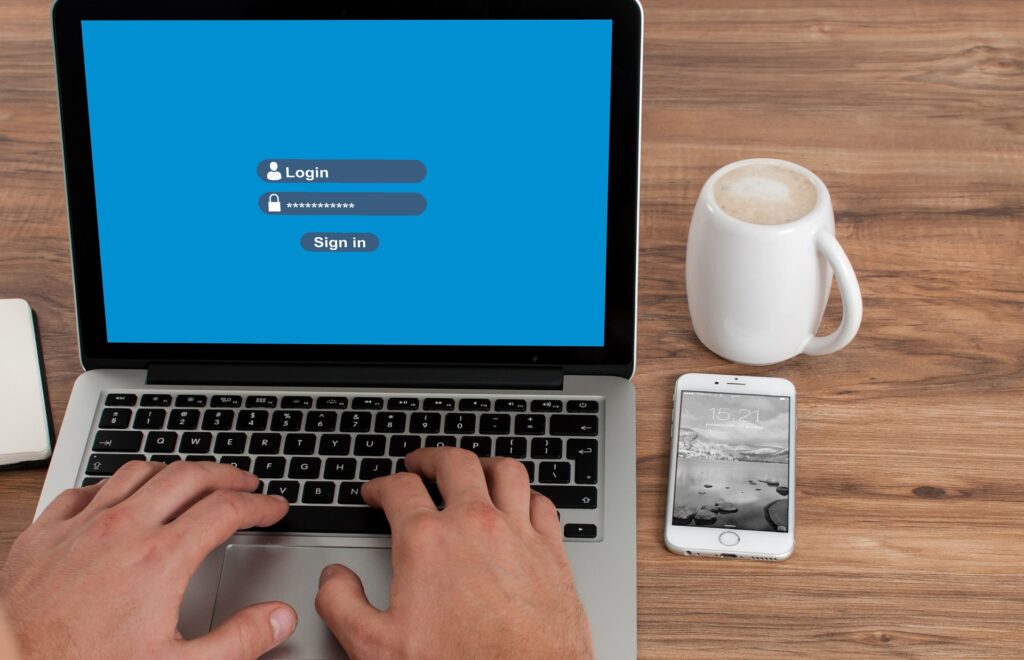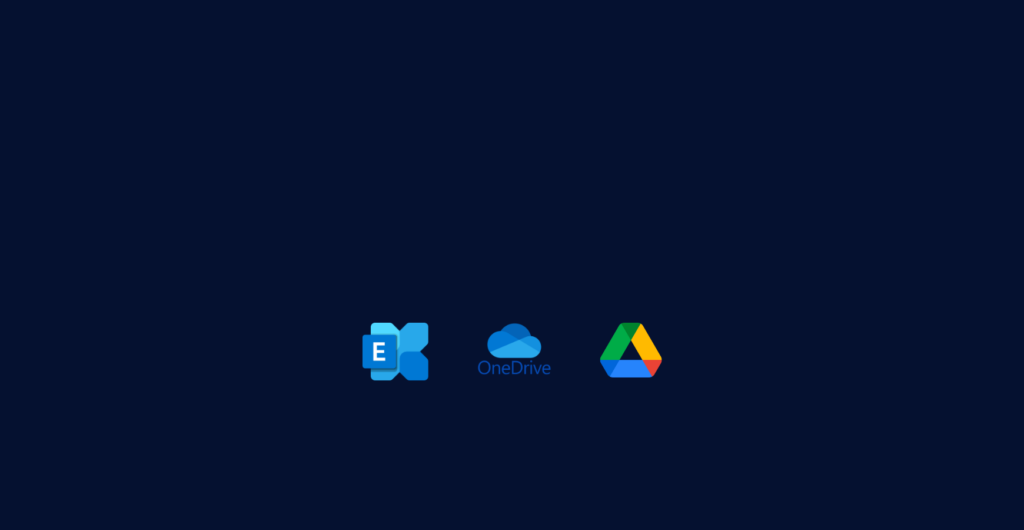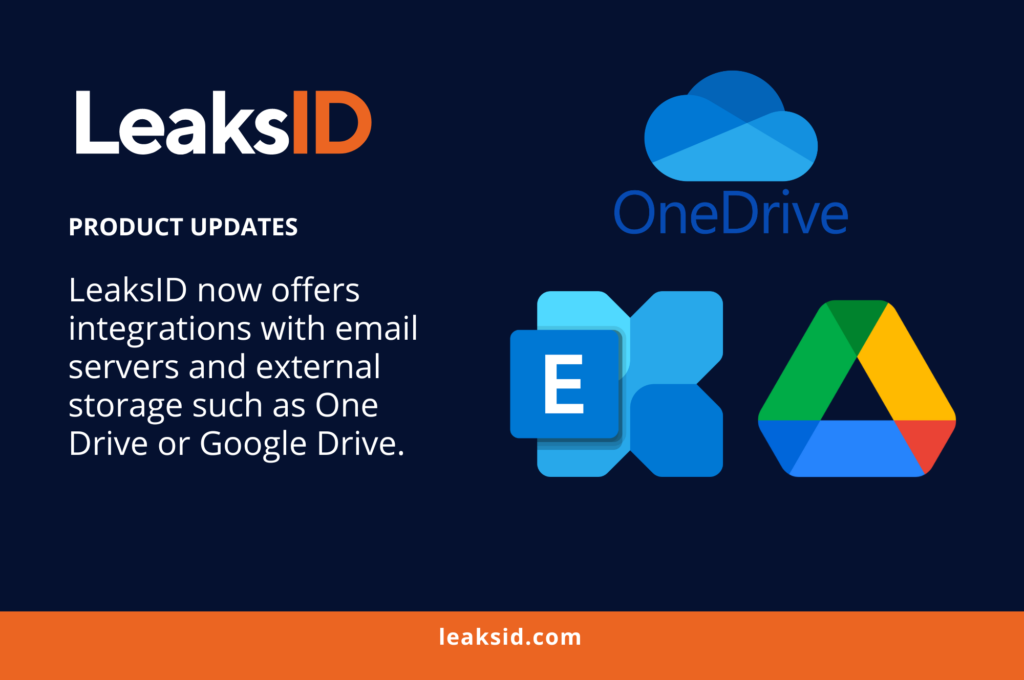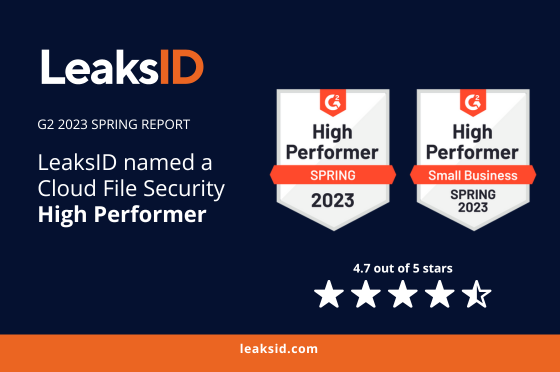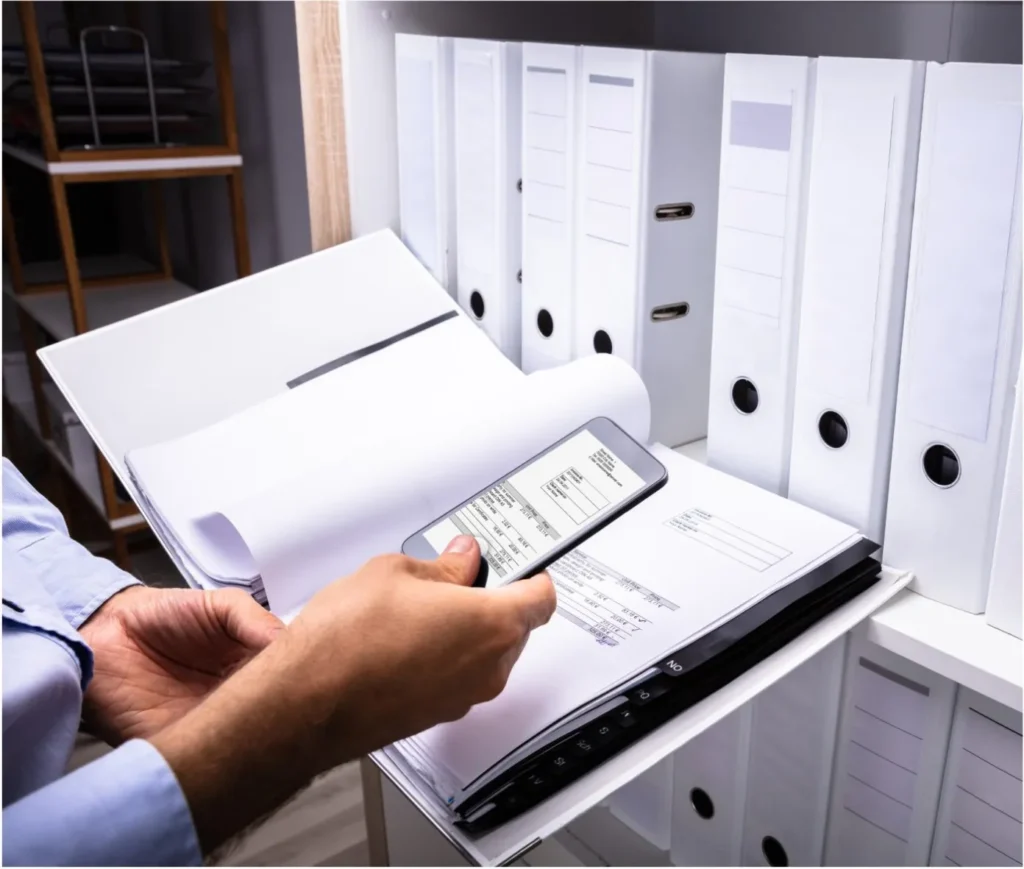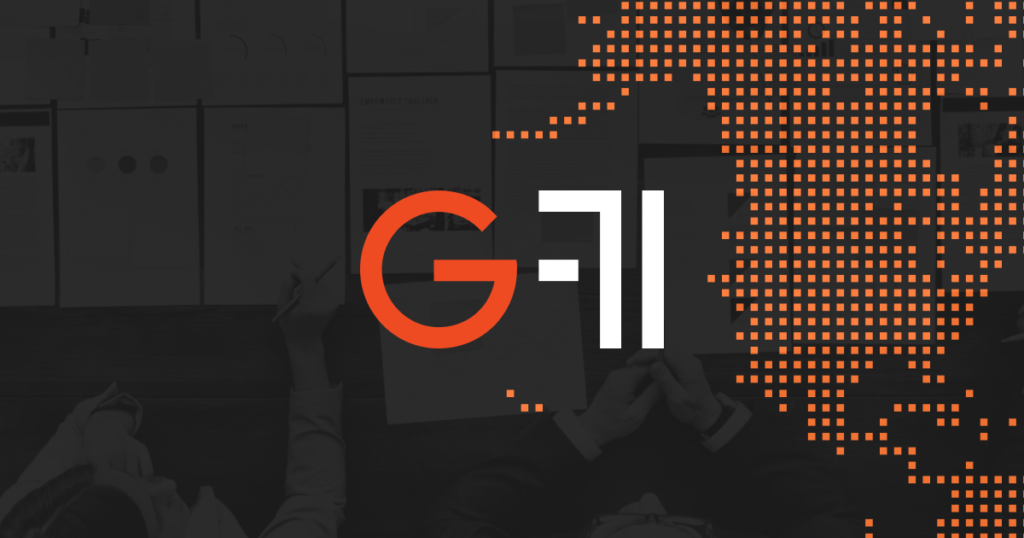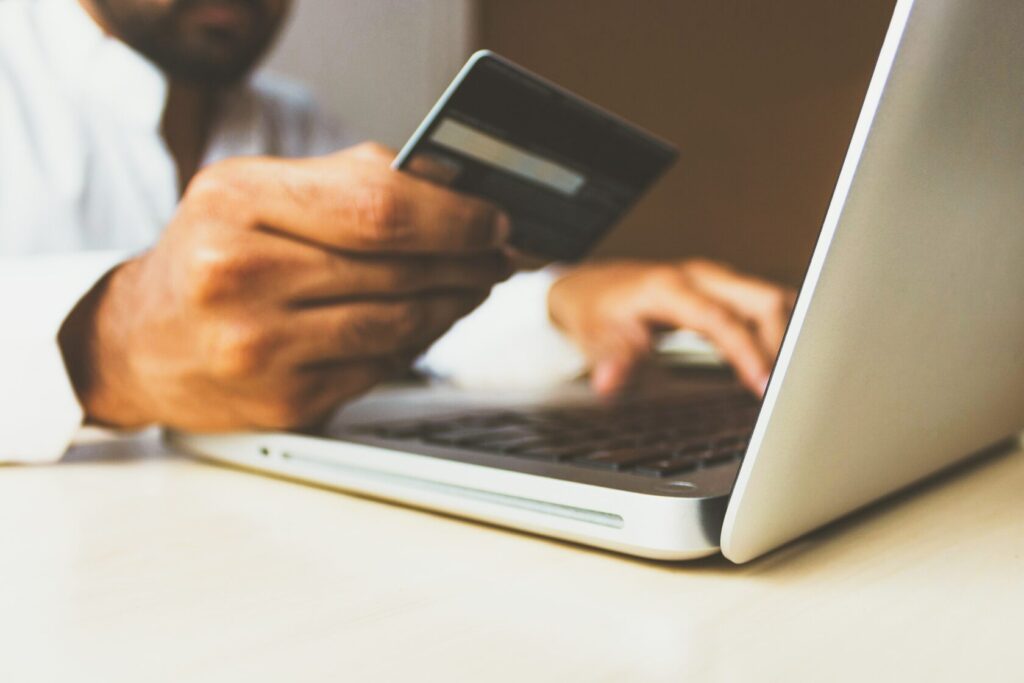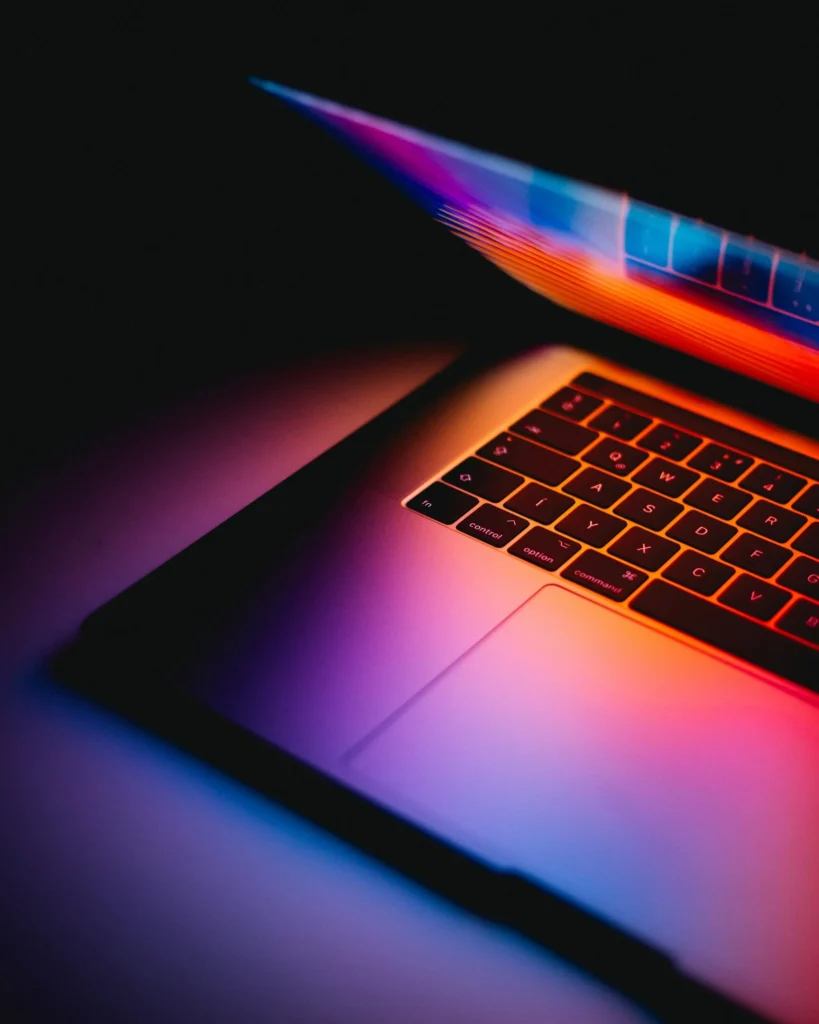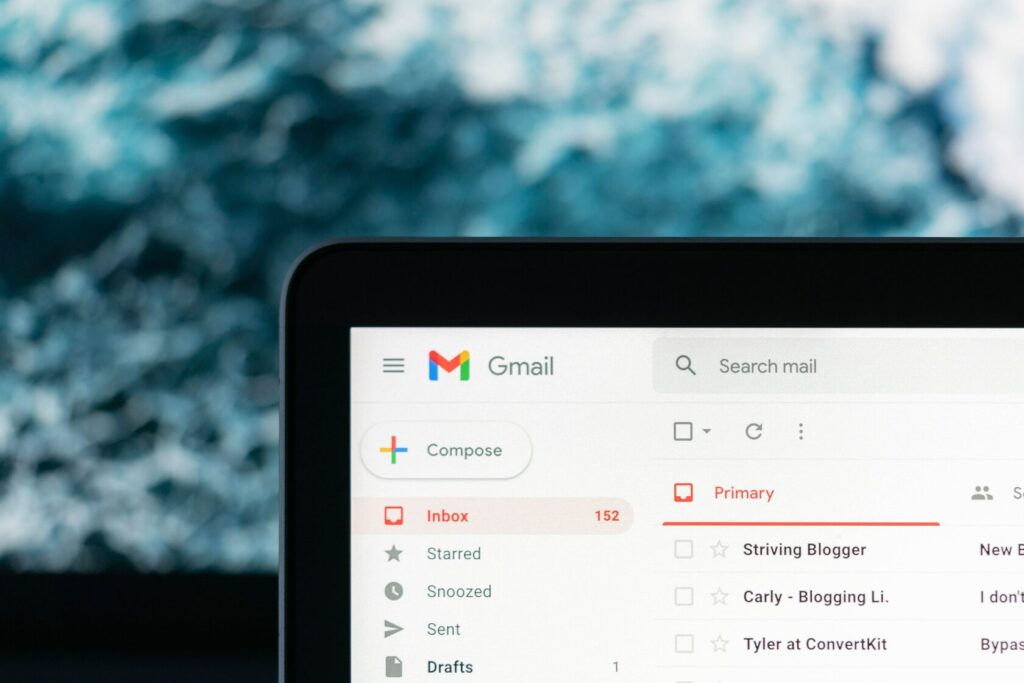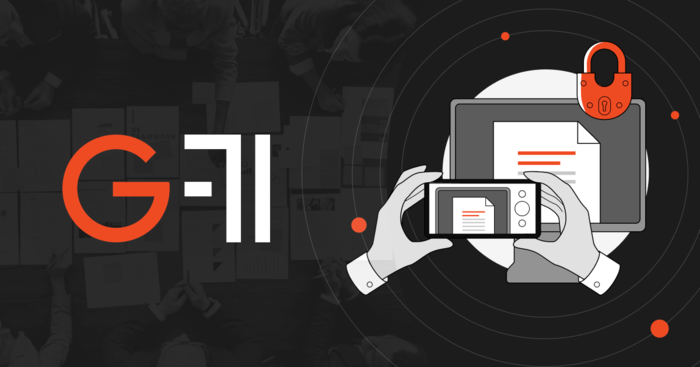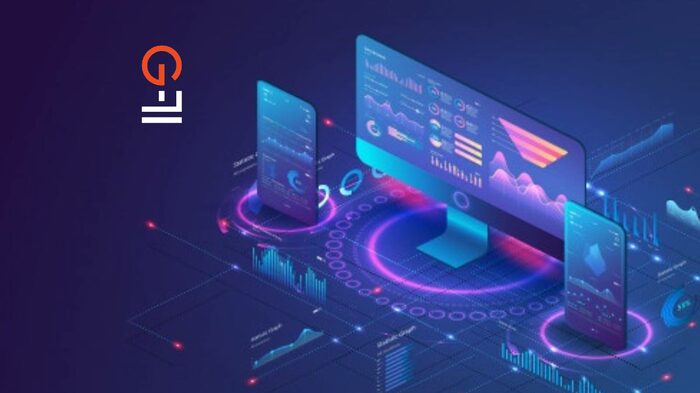Essential Cybersecurity Tools
1. Firewall
A firewall is a network security system that monitors and controls incoming and outgoing network traffic. It acts as a barrier between your company’s internal network and the internet, preventing unauthorized access to your systems. A firewall can be hardware-based, software-based, or a combination of both. It is the first line of defense against cyber threats and attacks.
2. Antivirus and Anti-Malware
Antivirus and anti-malware software are essential cybersecurity tools that every company should have. They protect your systems from viruses, spyware, and other malicious software. Antivirus software scans your computer for known threats and prevents them from entering your system. Anti-malware software, on the other hand, focuses on detecting and removing malware that may have already infected your system.
3. Virtual Private Network (VPN)
A VPN is a secure network connection that allows remote workers to access your company’s network securely. It provides a secure and encrypted connection over the internet, protecting your data and systems from prying eyes. With the rise of remote work, a VPN is essential to ensure that your data is secure, even when your employees are working from home or a public network.
4. Access Controls
Companies should enforce strict access controls to ensure that only authorized individuals can access sensitive information. This includes implementing multi-factor authentication, limiting access to a need-to-know basis, and regularly reviewing and updating access privileges.
5. Employee Training and Awareness
Companies should provide regular training to employees on the importance of data security and how to identify and report suspicious activity. This can include phishing awareness training, password security training, and general security awareness training.
6. Password Management
Password management is a crucial cybersecurity tool that every company should have. It helps you manage and secure your passwords, ensuring that they are strong and not easily guessed or hacked. A password manager can also help your employees create and store complex passwords securely. With password management, you can ensure that your systems are protected from unauthorized access.
7. Two-Factor Authentication
Two-factor authentication (2FA) is a security feature that adds an extra layer of protection to your accounts. It requires users to provide two forms of identification to access their accounts, such as a password and a security token. 2FA helps prevent unauthorized access to your accounts, even if your password is compromised.
8. Backup and Disaster Recovery
Backup and disaster recovery tools are essential cybersecurity tools that every company should have. They help you protect your data in case of an attack or system failure. A backup tool ensures that your data is backed up regularly and can be restored in case of data loss. Disaster recovery tools help you recover your systems and data after an attack or system failure.
9. Vulnerability Scanning Software
Vulnerability scanning software can be used to scan network systems for security vulnerabilities and to provide recommendations for remediation. This software can be used to proactively identify and address potential security weaknesses in the network.
10. Security Information and Event Management (SIEM) Software
SIEM software can be used to collect and analyze security data from across the network to detect and respond to security threats. This software can provide real-time alerts and reports on potential security incidents.
From the Inside Out: The Importance of Cybersecurity Tools for Insider Threats
In addition to the essential cybersecurity tools mentioned above, companies should also consider the risks posed by insider threats. Insider threats can come from employees, contractors, or other insiders who have access to sensitive data and systems. They may intentionally or unintentionally leak or compromise data, putting the company’s reputation and business at risk. The following are examples of significant leaks caused by insider threats.
–Atlassian: In 2023, Atlassian, a large enterprise software company, is currently conducting an investigation in response to a recent information leak by a group of hackers. The leaked information consists of 35 MB of files, which includes two image files containing floor plans of Atlassian buildings located in San Francisco and Sydney, and one file containing the personal information of approximately 13,000 Atlassian employees, such as names, email addresses, and phone numbers.
–Tesla: In 2018, a former Tesla employee was sued by the company for allegedly hacking its manufacturing operating system and stealing confidential information. The employee was accused of exporting gigabytes of Tesla’s sensitive data to unknown third parties.
–Capital One: In 2019, a former software engineer at Capital One was charged with computer fraud and abuse after allegedly stealing data from the company’s cloud storage. The employee was accused of accessing data containing over 100 million credit applications and accounts, and then posting the stolen data on GitHub.
To prevent major data breaches, it is crucial to adopt tools and strategies that effectively mitigate insider threats.
1. One such tool is Data Loss Prevention (DLP) software. DLP software helps prevent data leaks by monitoring and controlling the flow of data within and outside the company’s network. It can identify sensitive data, such as financial information or intellectual property, and prevent it from leaving the company’s network without authorization. DLP software can also identify insider threats and prevent insiders from leaking sensitive data intentionally or unintentionally.
2. Another tool that can help address insider threats is LeaksID. It is an advanced Insider Threat Management (ITM) technology that includes comprehensive features for managing and preventing data and document leaks. These features cover various forms of leaks, such as screenshots, screen captures, printed copies, and documents shared via email. The solution utilizes a patented algorithm and a steganographic approach to embed unique, undetectable anti-leak marks into confidential documents, effectively deterring data breaches. LeaksID is equipped with invisible markings that can identify the source of a leak, including the responsible party’s name.
3. Data classification is another strategy that companies can use to protect their sensitive data from insider threats. Data classification involves categorizing data based on its level of sensitivity, such as confidential, internal, or public. By classifying data, companies can restrict access to sensitive data only to employees who need it, and prevent unauthorized access. Data classification can also help companies prioritize their cybersecurity efforts and allocate resources where they are needed most.
In Conclusion
Cybersecurity is crucial for any business in today’s digital world, and the rise of cyber threats and attacks means that implementing the right cybersecurity tools is more important than ever. The essential cybersecurity tools that every company should have include firewall, antivirus and anti-malware, VPN, password management, two-factor authentication, and others. Additionally, companies should consider the risks posed by insider threats, and adopt tools and strategies that effectively mitigate them. These tools and strategies include Data Loss Prevention, LeaksID anti-leak marks, user behavior analytics, privilege access management, and more. By implementing these cybersecurity tools and strategies, companies can protect their data, systems, and business from cyber threats and attacks.











